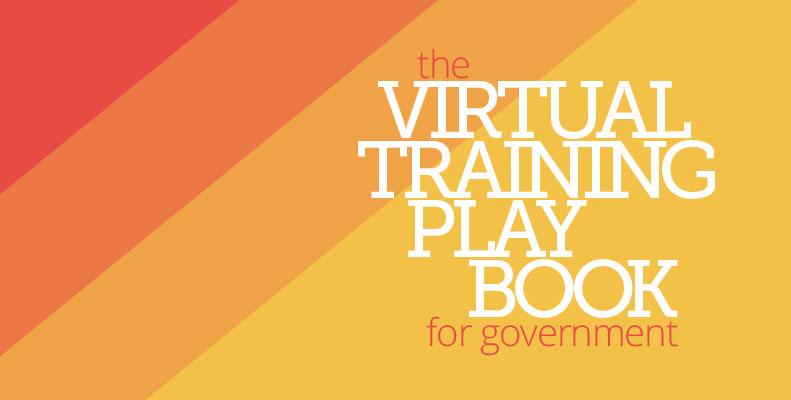The following is an interview with Matt Schneider, Operations Director, U.S. Public Sector Collaboration, Cisco. To learn more about how your agency can excel with virtual training, be sure to check out our guide: The Virtual Training Playbook for Government.
In the past 40 years training has undergone a complete transformation. No longer do employees leave their jobsite for a week to attend trainings. Rather, employees are being trained through a variety of methods like digital collaboration tools, distance learning, online trainings, and mobile offerings. The reason for this transformation is crystal clear: the increased cost of in-person trainings.
“We all want to do training that helps us do our jobs better, but a week of travel to a site to attend a training isn’t feasible,” explained Matt Schneider, Operations Director, U.S. Public Sector Collaboration, Cisco. “Training has to be available and can’t interfere with productivity.”
But in order for a virtual training to be productive, the technology and the learning atmosphere must work effectively. That’s where Cisco comes into play, as they have created a suite of collaboration tools to make trainings feel like they are taking place in your living room.
“We developed the living room concept because we want users to feel comfortable in the training environment,” said Schneider. “We want people to be able to ask each other questions, engage with the trainers and have a strong connection. If you don’t have the right technology, you are basically listening to a podcast; you are not in a learning environment.”
Collaboration tools are also helping add value to the training experience. “Trainings work best when there is a tie to the community both beforehand and afterwards,” said Schneider. Now users are able to access course documents, chat with one another and share resources outside the official training hours. “The tools allow agencies to incorporate training to be truly part of what we do day in and day out to better ourselves in the public sector space.”
Cisco is also using mobile to create universal trainings and increase availability. “The ability of the tools to handle training on a mobile device has allowed users to say, “I can be out in the field and I can stop at the Starbucks for an hour or two, then log in, listen to the training, participate in the training and still get the materials that I need to do my job. That is a huge move,” said Schneider.
As many trainers understand, everyone learns differently. That’s why Cisco has also been exploring agile virtual training. With an agile approach, a trainer is able to engage with a user in a way that will yield the best learning outcomes. “If you are not giving flexibility to the user, you are putting them in a situation where they’re not only learning new materials but they are learning new technologies too. That can be scary,” said Schneider.
The ability to be flexible and offer a wide variety of learning options is possible due in large part to the convergence of IT. “What that really means, in the training environment, is that an audio conversation, a web content conversation, a video conversation can all work together to create a repository for the users to take advantage of. Users don’t have to choose,” explained Schneider. In this model, the user selects the way they desire to consume information. But this can only occur when IT, business leaders and trainers are all working together to understand what kind of environment they must create.
The ability to chose a training platform that works best for you is also helpful because the nature of training is changing. “Training doesn’t have to be a point in time activity. Training can be a formal or meetings that we all have on a weekly basis. Those meetings are a form of training too. With the video, audio and web conferencing, training cohorts are able to stay extend training,” explained Schneider.
Whether you are in a formal training or a team meeting, for a training to be effective it has to engage the user. “When you say ‘you need to sign up for four hours of virtual training,’ you naturally lose that level of engagement, because four hours sitting in front of the computer sounds boring,” said Schneider. “But when you say ‘we have lots of training opportunities where we’re going to meet actively and work through these events together over a number of weeks,’ it sounds much more appealing. Collaboration tools make learning more exciting.”
In the end Schneider said true learning moments happen when, “You can make training truly accessible to the end user and put them in the best possible situation to absorb the material.”
For more information, be sure to check out our guide: The Virtual Training Playbook for Government.

